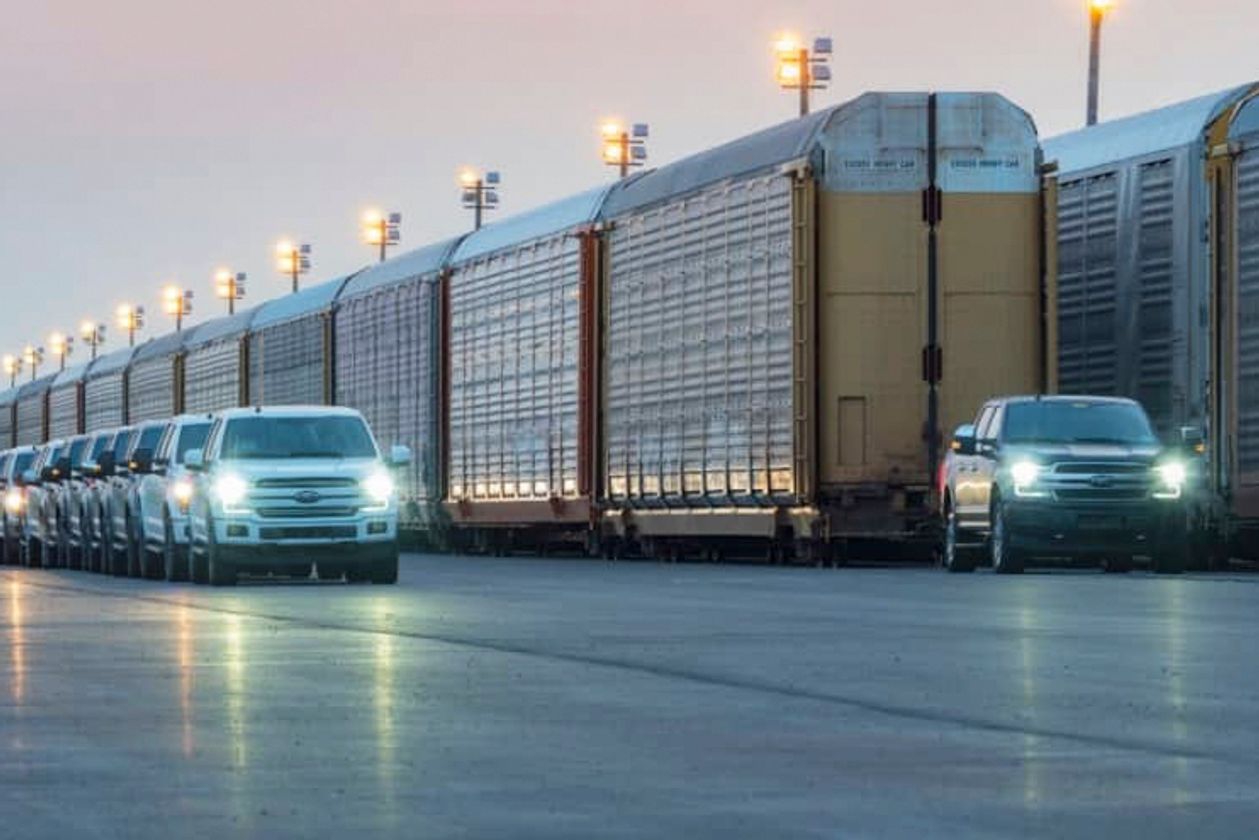Read The Full Article On: Barrons
Both Ford stock and Tesla shares were cratering Thursday after the companies reported second-quarter numbers. Near midday, Ford equity was down about 7% and Tesla shares were off more than 14%.
Wall Street appears content to summarize what just happened on quarterly reports, without looking far into the future or making broad connections between the two firms. Importantly, no one is addressing one key issue common to both auto makers: How to make electric cars profitably.
Of course, there are big difference between Tesla (ticker: TSLA) and Ford (F). One is a low-volume producer of luxury cars and the other is a high-volume manufacturer that seeks to dominate truck sales. And one company is 16 years old while the other is 116 years old.
There are similarities, too. Both, for instance, want to produce electric trucks. Musk mentioned the Tesla truck briefly on the company’s conference call. Ford released a video this week of an all-electric F-150 pickup truck towing 1 million pounds. What’s more, both companies are making big investments in autonomous driving, ride-sharing and ride-hailing, commonly referred to as mobility spending.
Still, none of the notes Barron’s reviewed directly addressed the challenge of making money—longer term—when producing electric cars.
Deutsche Bank analyst Emmanuel Rosner said Ford is now a “show me” stock, meaning investors won’t bid up shares until margins improve. RBC analyst Joseph Spak adds that Ford is committed to hitting 10% profit margins in North America through “fitness initiatives, restructuring, as well as continued focus on SUVs and trucks.” (Ford North American automotive margins were 7.1% in the second quarter.)
Piper Jaffray analyst Alexander Potter wrote that Tesla investors should focus on new models: the “3” and the “Y.” He rates shares Overweight with a $386 price target. Other notes focused on expectations for up to 400,000 in Tesla deliveries in 2019.
There were hints, however, in both company’s quarterly reports about long-term electric-vehicle profitability.
Telsa still plans to boost gross margins to 25% by the end of the year, up from about 19% in the recent quarter. That means that Tesla plans to produce higher volumes while lowering costs. Ford spent $264 million on mobility, including autonomous driving, in the second quarter, up from $181 million in the first quarter. Autonomous driving, as a feature, enables car makers to price for profitability in, for instance, fleet applications.
Spending on mobility is also important because robo-drivers can get car utilization up. Cars are driven, on average, about 12,000 miles a year. That is one reason why it is hard to justify the extra expense required to buy a battery-powered car. But if cars drive, say, 36,000 miles a year the savings over gasoline-powered vehicles accrue to a vehicle owner much faster.
Autonomous driving is also why Tesla’s Musk thinks he can build an autonomous ride-haling business based on used Tesla’s—something he hinted at during the company’s event to display its autonomous-driving technology earlier this year.
Then there is the battery cost. Costs need to come down, which is why Ford, for instance, is teaming up with Volkswagen(VOW.Germany) to share electric-car platform development costs. It is also why Ford invested in electric-truck start-up Rivian in April. It wants access to innovated chassis designs and battery technologies.

